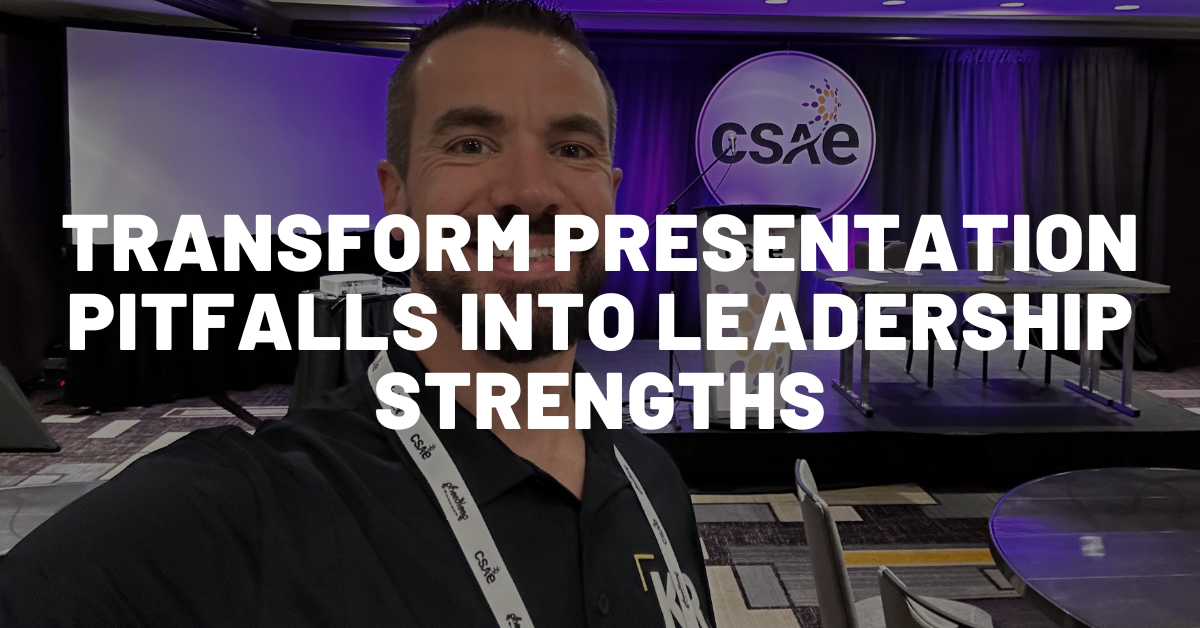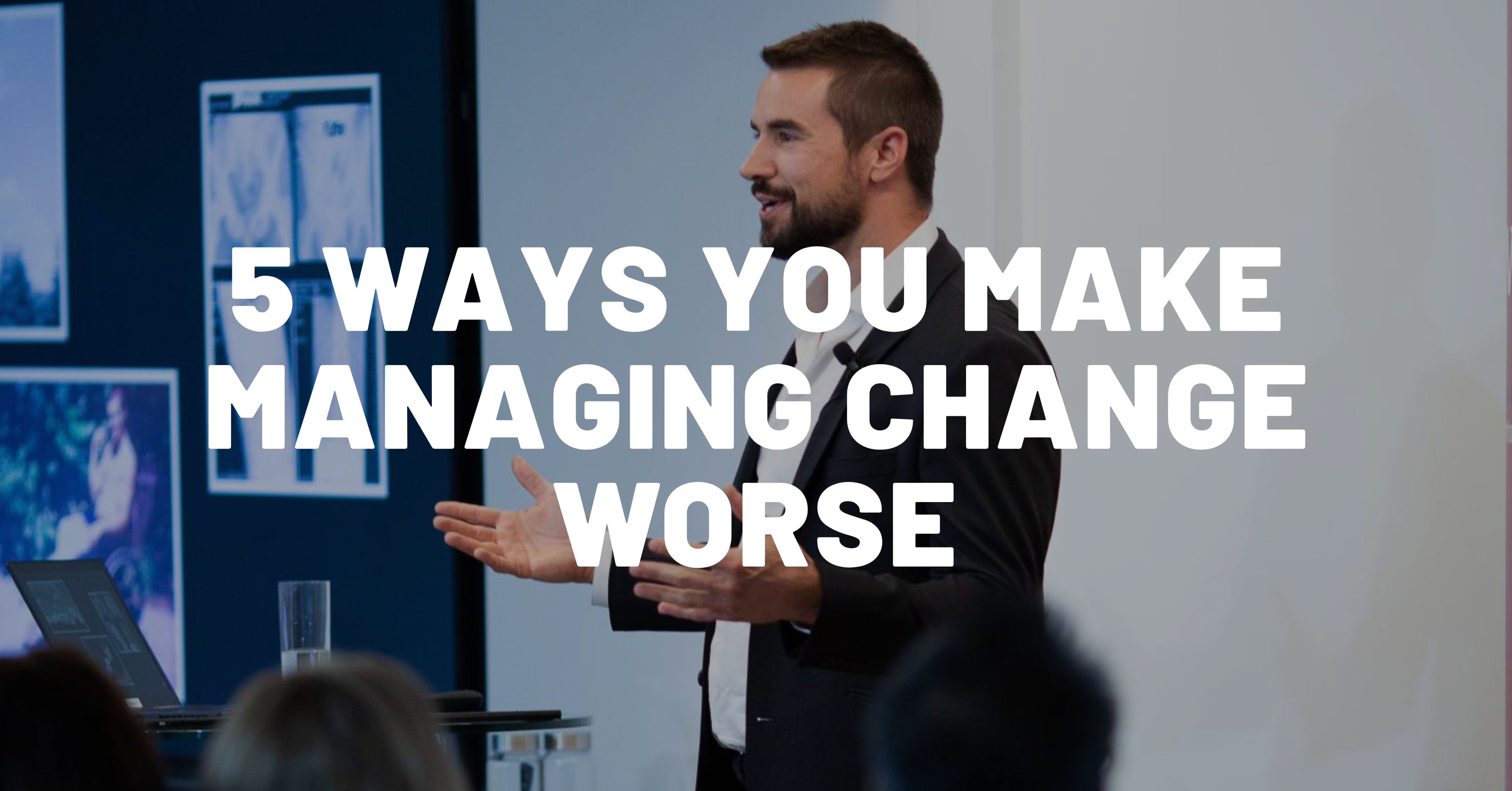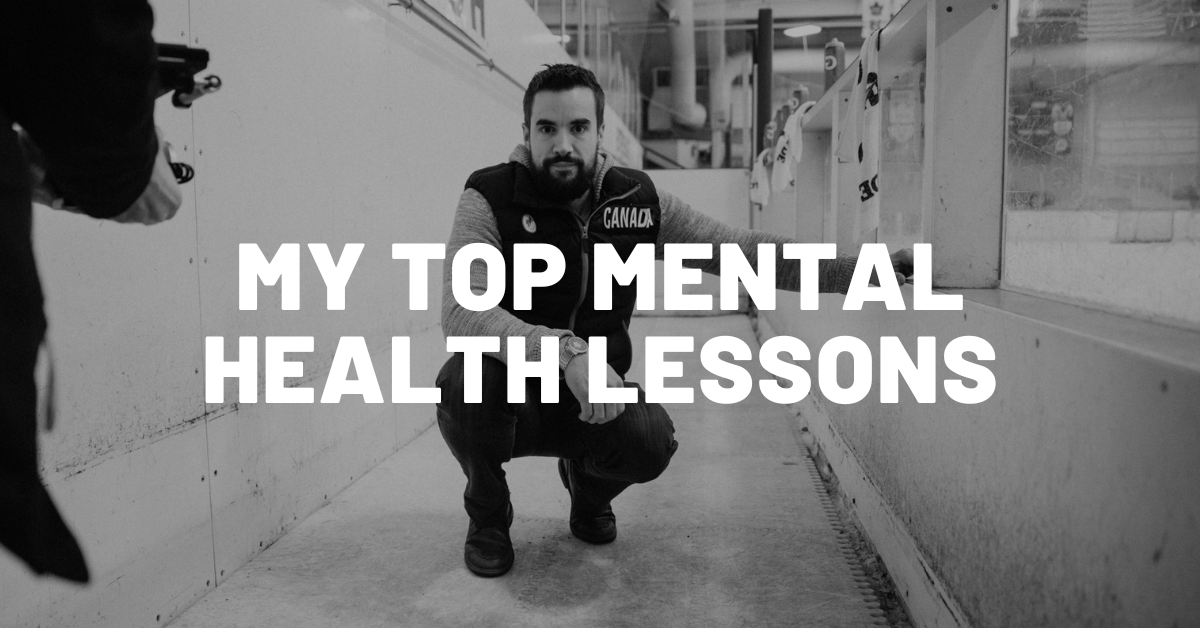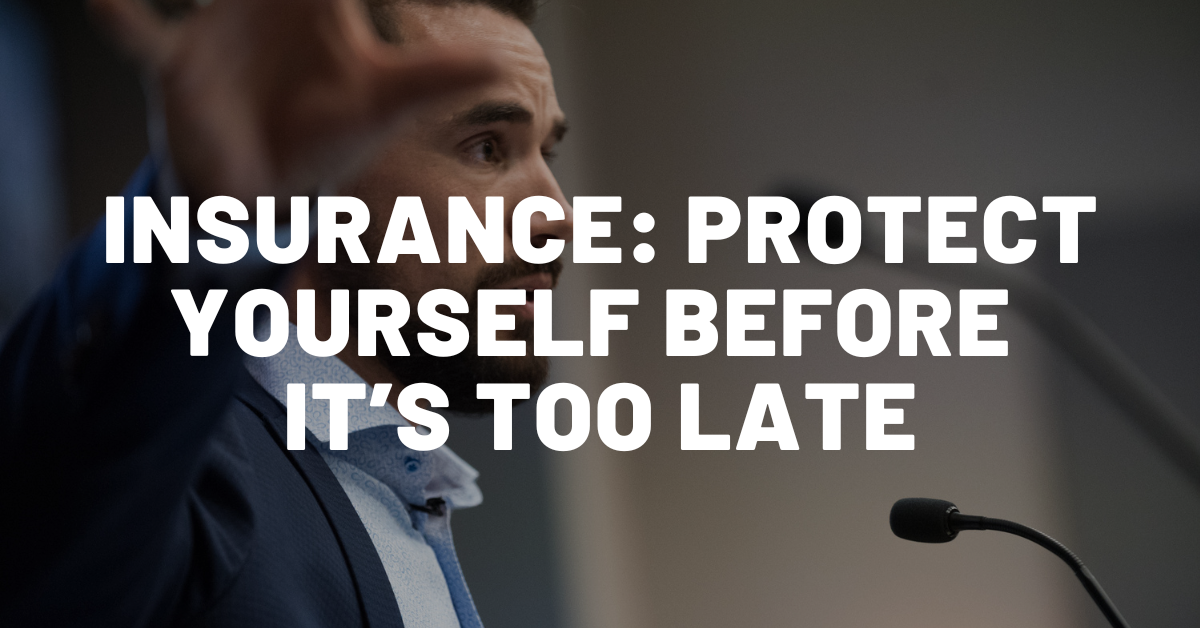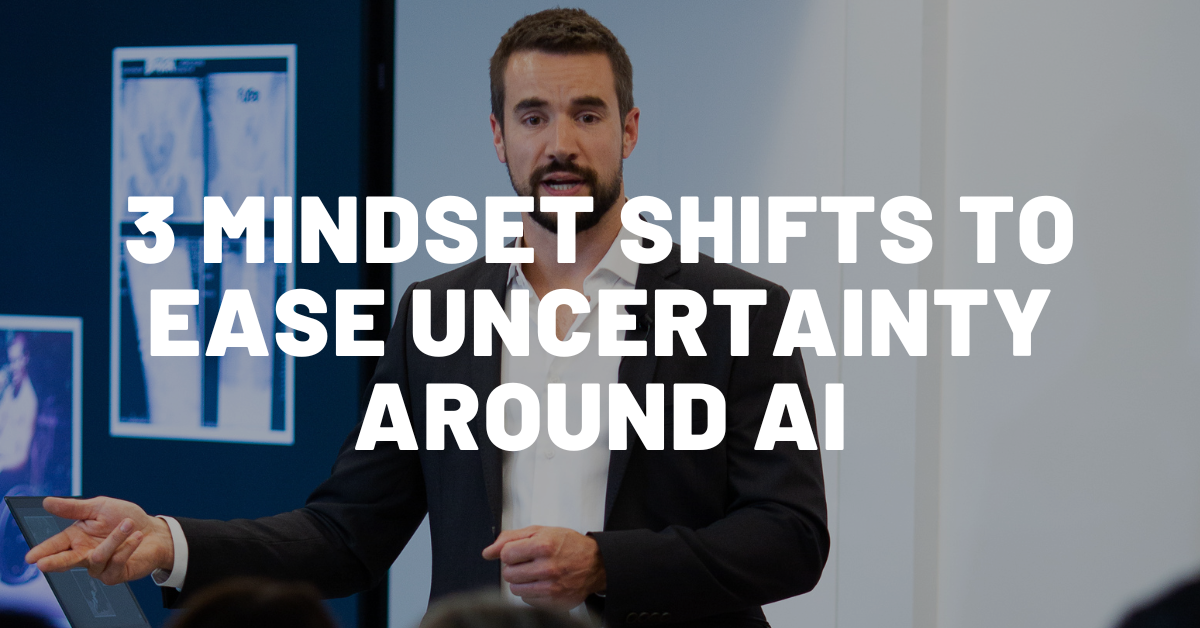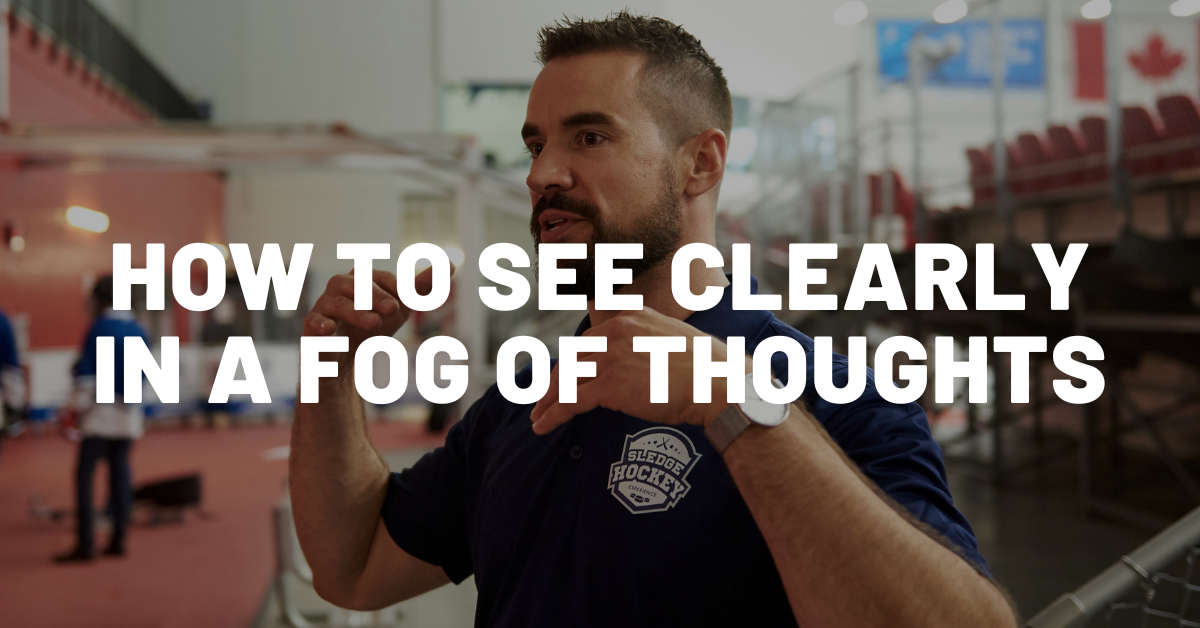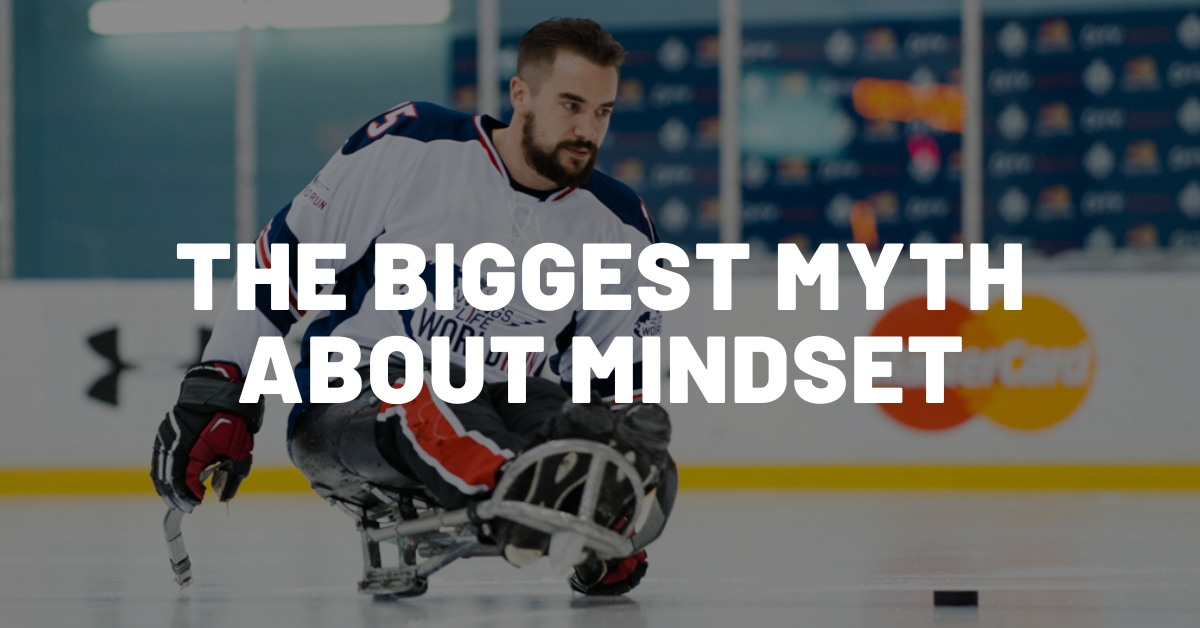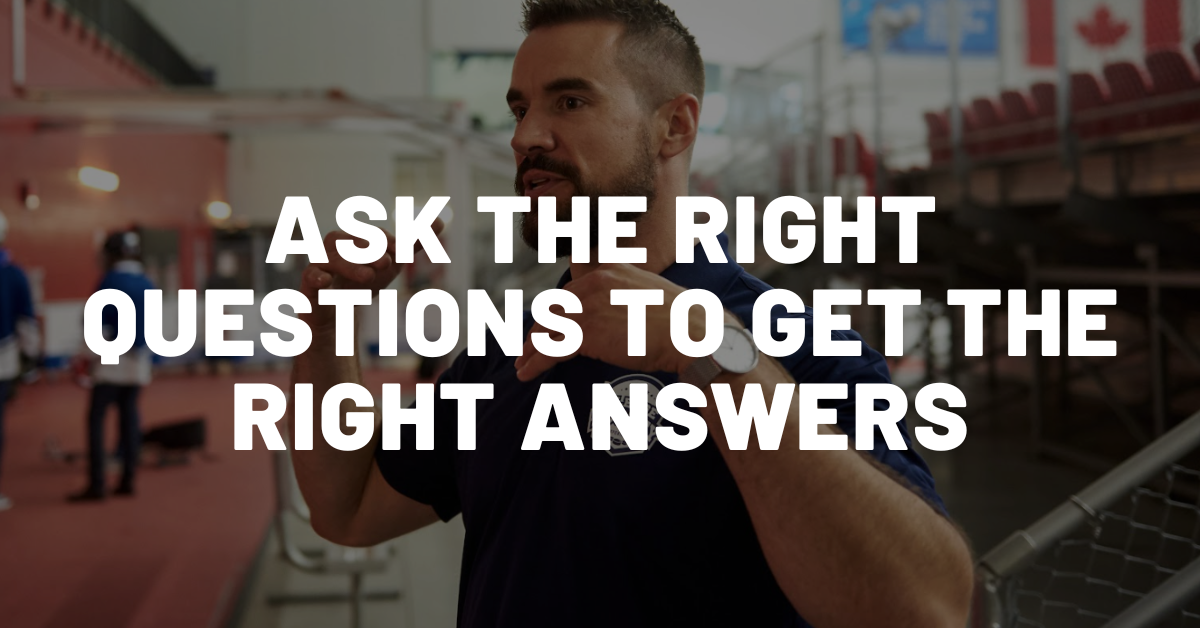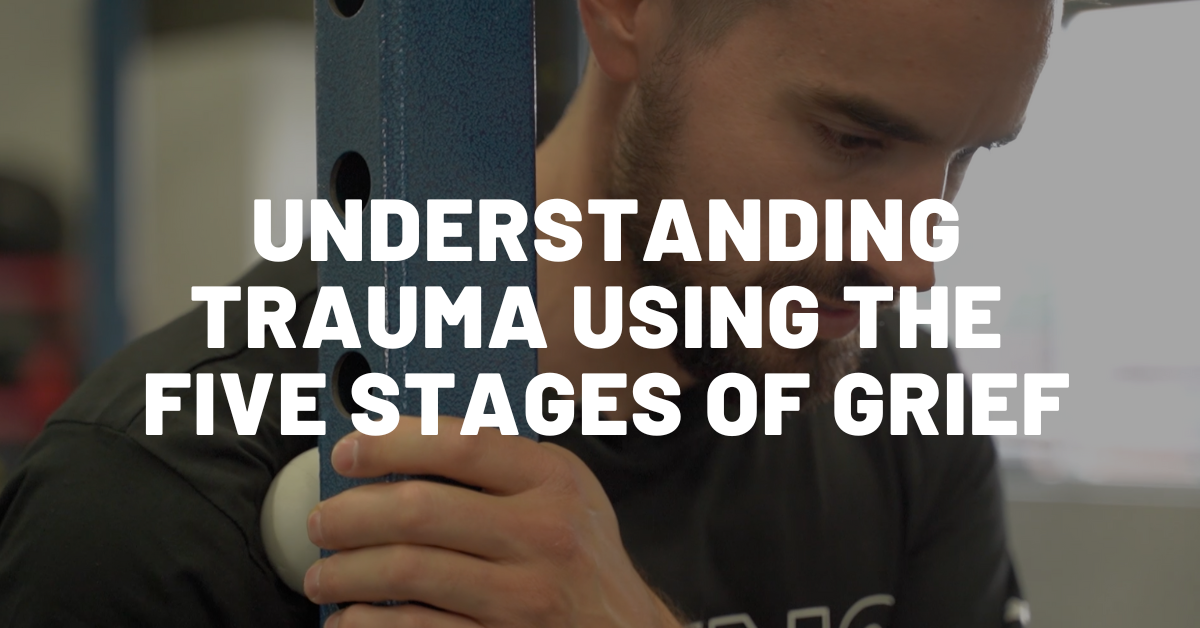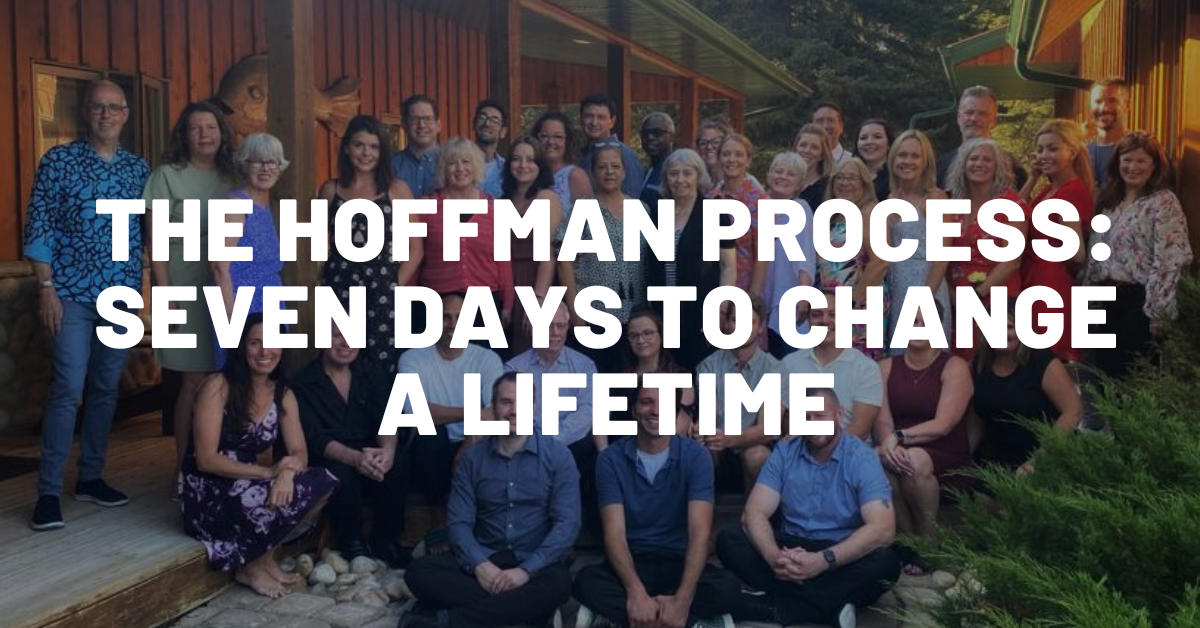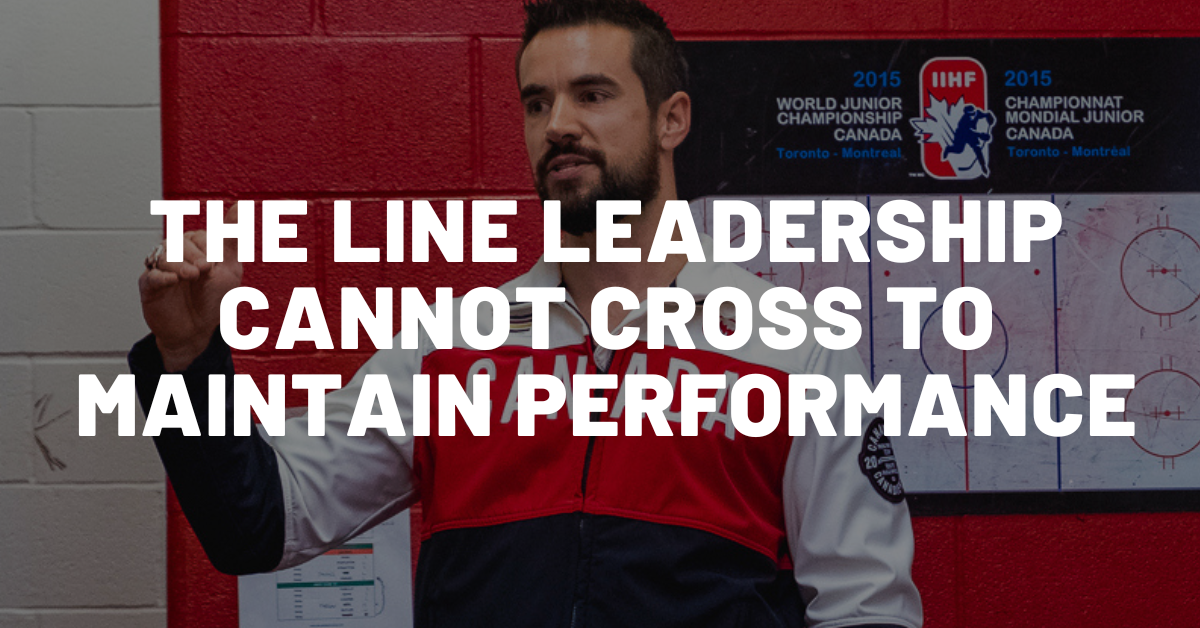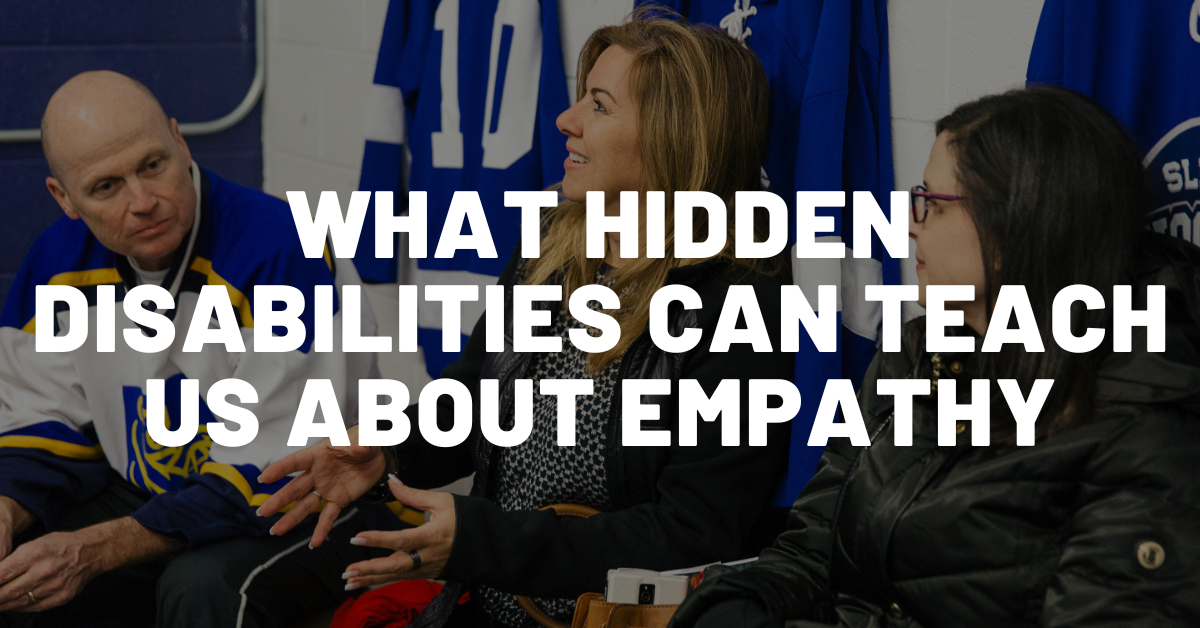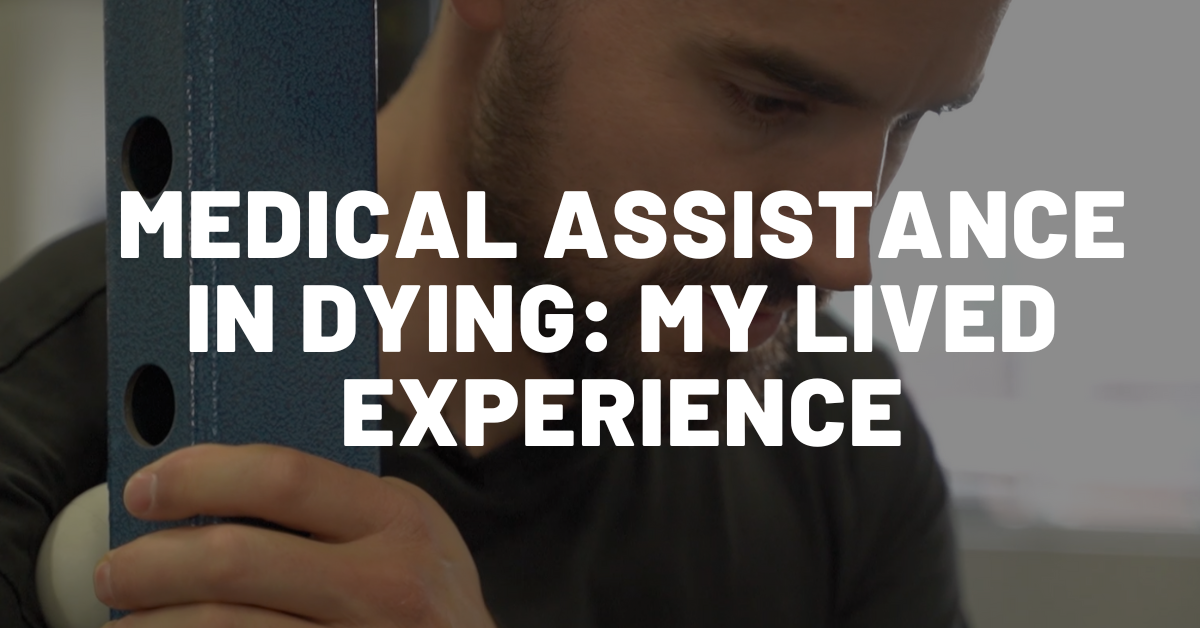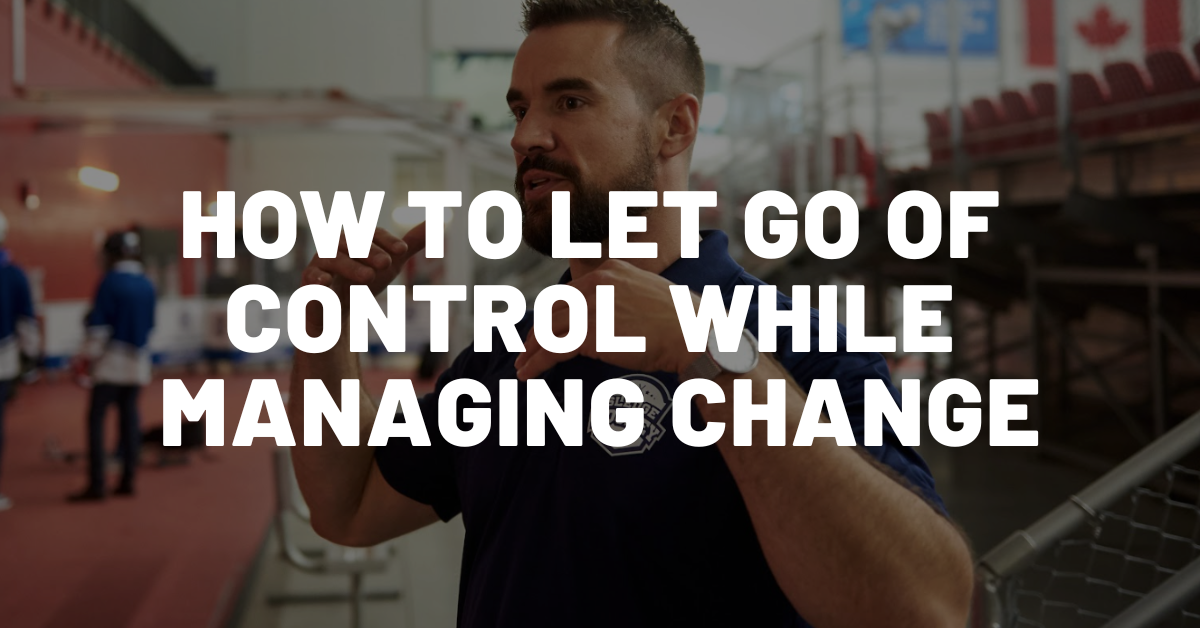This past month I just wrapped up delivering a series of keynotes and workshops on mental health and one of the questions that always comes up is “How do I support/encourage someone else struggling with mental health?”.
This could be a colleague, a friend, your children, and in many cases, it may be your spouse whom you would like to be of support to.
The challenge many people face when wanting to help someone else is that we want to do the right thing, we don’t want to upset the other person, we don’t want to see someone else suffer, and as a result we “freeze” and just stay feeling stuck at times while both of you stare blindly out the window without the answer you are looking for.
As I reflect on my mental health journey, along with the support I received from my mom, therapists, friends, and teammates, here are five tips to consider when looking to support someone else struggling with mental health.
Practice Active Listening
Can you remember a time when you were in a conversation and you just finished explaining yourself only to have the listener looking elsewhere, on their phone, or speaking more about themselves?
To help create a safe space where other people can share openly, feel comfortable letting down their guard and feel free from judgement, you want to make sure you are present when the other person is talking.
That means eliminating all other distractions, making sure you maintain eye contact if you are in a busy place (I’d recommend finding a quiet place to talk), and taking time to repeat back to the individual what you just heard from them to show you are on the same page.
If you’d like more tips on active listening, this article has some great examples of dialogue to help you put this into practice.
Ask Questions
One of my favourite quotes that changed my life as a keynote speaker was when I heard the statement, “Questions open the mind, statements close the mind”, by Robert Kiyosaki.
Just think about it. When someone is telling you what to do, we tend to want to put our guard up.
But when someone asks you a question, it gives you the opportunity to think for yourself, reflect on yourself and your situation, and as the person on the other side who wants to help, you help create that safe space for the other person to share.
Additionally, what you are doing is instead of providing the solution to the individual where it’s your idea, when you keep asking questions you are helping guide them to arrive at their own answer. Then it becomes their idea to get help, not yours.
When you feel like something is your idea, you have much more intrinsic motivation to follow through than if you were told by someone else what to do.
Ask questions vs. providing statements.
When you feel like something is your idea, you have much more intrinsic motivation to follow through than if you were told by someone else what to do. Click To TweetHelp Them Imagine a Brighter Future
In my keynote Reintegrating Post Pandemic: Strategies to Harness a Brighter Future, I speak about the difference in finding something that will help pull you up out of bed vs. trying to push and force yourself up out of bed.
Think about it.
When you are down in the dumps, you often feel like you must work so hard to do the simplest things, but when you are inspired you are willing to oversee difficulty and do what needs to be done.
If you can help someone else imagine a brighter future, you can help them feel inspired to do what is difficult (ie. Ask for help, read a book, go for a walk, see a doctor, etc.) and they are then being pulled out of bed by a vision for a brighter future.
How do you do that? Well, go back to asking questions vs. statements, and when you ask questions, as questions like:
- How would your life change if you ________?
- How would you feel if you _________?
- How would this affect others if you __________?
- What opportunities would this create for you if you ________?
If you can help someone else envision their own brighter future, they now begin to feel inspired to take action based on the vision you are helping them create.
Share Helpful Resources
Think about what inspires you.
Is it a book?
YouTube videos?
A podcast episode?
An online course?
(Click here to view the online course I created – The Resilience Toolbox)
Within many organizations there are EAP (Employee Assistance Programs) and EFAP (Employee Family Assistance Programs) available to reach out to for help. Leaders are regularly pushing these resources and it’s important to take advantage of them.
The key here I have found is on a human-to-human level, as a friend, as a colleague, share what has worked and what helps you. Share something that inspires you and share why it inspires you.
Don’t just send inspirational videos and quotes thinking that will do the trick. Add in your take on the resource and why you think it’s valuable, and then relate that back to the individual in the context of how that may benefit them.
This goes back to the inspirational component and painting a vision for a brighter future. If we can help others begin to not only see what’s possible, but also the path to get there, now they start connecting the dots and want to take action.
On a human-to-human level, as a friend, as a colleague, share what has worked and what helps you. Share something that inspires you and share why it inspires you. Click To TweetLearn to Let Go
At the end of the day, you also need to ask yourself the question, “Does this person actually want help?”.
Sometimes you may be dealing with someone who just likes to play the victim card and enjoys the attention.
Sometimes no matter how hard you try to be there for someone, you practice active listening, you ask questions, you are incredibly positive and supportive, it still may not be enough.
It’s important to remember that you can only do so much to help someone who isn’t willing to help themselves.
At some point, it might be worth considering that it’s time to let go in order to look after yourself.
Dedicating too much of your time and your life trying to help others can ultimately become a major burden on you where you start to go down a path where you may not be ok. It’s important for you to recognize where you are in your mental health journey as well and consider how much of a burden you can carry.
I’m not saying to give up trying to help others, but know where your ability and capacity is and consider that perhaps you may not be the person who can help them and that the next best step is to try and put them in touch with someone else who can.
At some point, it may be time to let go.
In Conclusion
First, know that you are not alone in the struggle to try to and want to help other people. There are so many people who see their spouse, children, colleague, or teammate struggling and not know what to do.
The good news is that the mental health conversation is becoming much more normalized throughout these last two years, and there is more help available today than ever before.
When you think about helping someone who is struggling, think about helping be their guide.
You may not have the answers, but you may be able to help guide them to discovering their own answers. Your job may be to help lead them in a particular direction until they see their own light for themselves, and then once they see that, they grab onto it and start to take action themselves.
The biggest message you may want to share with them, as I have said in my book, is that When You Have Every Reason to Give Up, Keep Going.
There will always be a brighter day ahead.
—
Enjoyed this article? Here are three more to help you succeed:
How to be Patient Managing Change
How to Say “No” and Maintain Your Boundaries
—
Whenever you are ready here are the 3 best ways I can help you:
- Get a FREE copy of my autobiography, Still Standing: When You Have Every Reason to Give Up, Keep Going (here)
- Looking for a speaker for your next event? Watch Kevin’s keynote reel on The Hero Mindset (here)
- Interested in team building? Come play and and learn more about the Sledge Hockey Experience (here)

